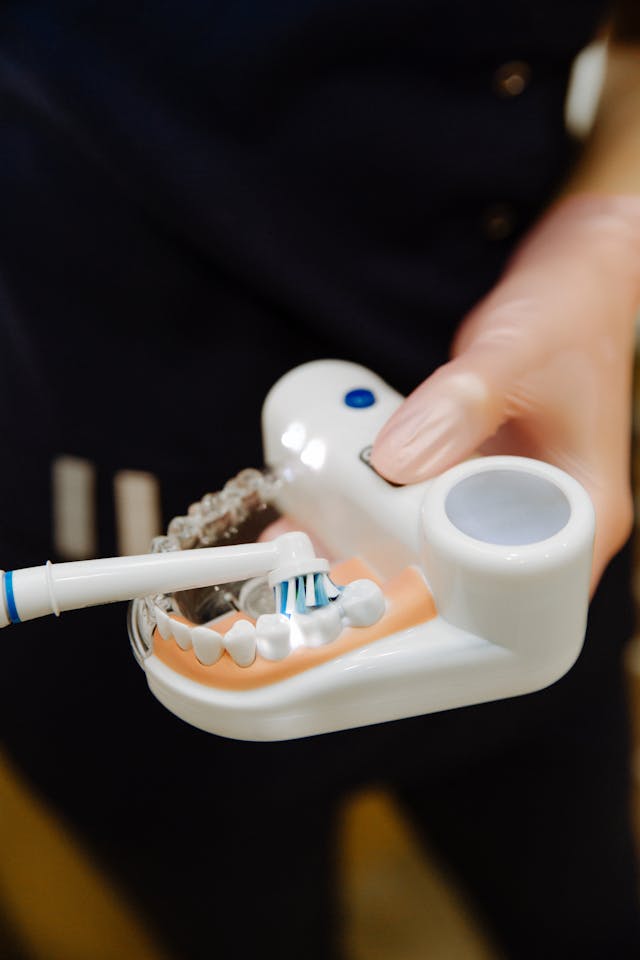Understanding Dental Sealants and How They Help Protect Your Child’s Teeth
October 4th, 2024
When it comes to keeping your child's teeth healthy, brushing and flossing are essential. But even with the best dental care routine, those tiny teeth can sometimes need an extra layer of protection. That’s where dental sealants come in! Let’s break down dental sealants and how they help keep your children’s teeth safe and sound.
What Exactly Are Dental Sealants?
Imagine dental sealants as a superhero shield for your child's teeth. They’re thin, protective coatings that dentists apply to the chewing surfaces of the back teeth (the molars and premolars). These are the areas most prone to cavities because they're full of grooves and crevices that are perfect hiding spots for food particles and plaque.
Sealants act like a barrier, keeping those sneaky sugars and bacteria from causing decay.
How Do Dental Sealants Work?
Sometimes your kid’s teeth can be hard to reach, even with regular, intentional brushing. Molars have deep pits and fissures that make it tough for the toothbrush to do its job. That’s why those teeth are more likely to develop cavities over time.
Dental Sealants help by being:
- Quick & Painless: Applying a sealant is a simple process that usually takes just a few minutes per tooth.
- Invisible: The sealant is clear or tooth-colored, so it’s barely noticeable.
- Long-Lasting: Sealants can last several years, continuing to protect your child’s teeth through those cavity-prone years. Dentists will check them at regular visits to ensure they’re still doing their job.
When Should My Child Get Dental Sealants?
The ideal time for your child to get sealants is when their permanent molars start to come in, typically around ages 6 to 12. This is when they’re most at risk for cavities in those hard-to-clean areas. But don’t worry if your child is older—sealants can still be effective for teens and even adults who are prone to tooth decay.
Why Sealants Are Worth It
You might be wondering if sealants are necessary, especially if your child has good brushing habits. While brushing and flossing are key, sealants provide that extra level of protection. Studies show that children with sealants on their molars are three times less likely to develop cavities than those without them. Plus, preventing cavities means avoiding fillings, crowns, or more invasive treatments down the road.
The Sealant Process: What to Expect
If you’re feeling nervous about the process, don’t be! It’s super easy:
- Teeth Cleaning: The dentist will first clean and dry the tooth.
- Sealant Application: They’ll apply a special gel to the chewing surface to prep the tooth, rinse it off, and then apply the sealant.
- Setting the Sealant: A blue light is used to harden the sealant and bond it to the tooth. And that’s it!



